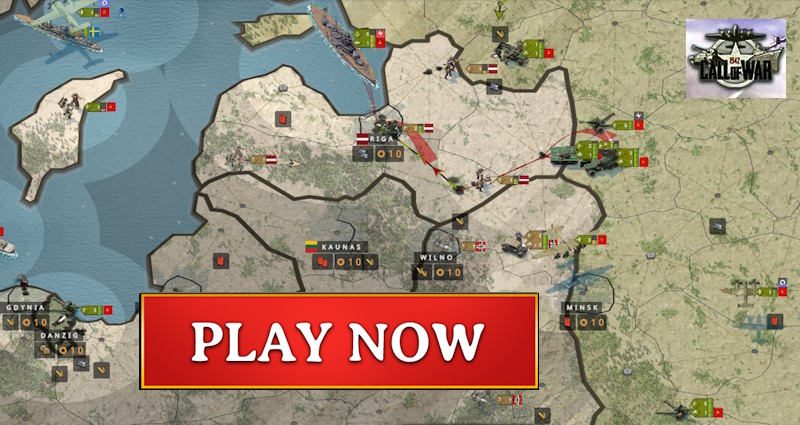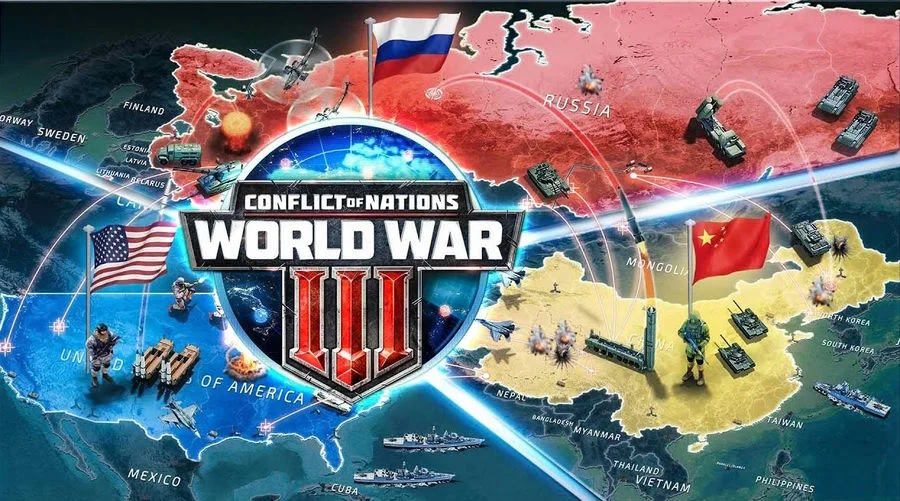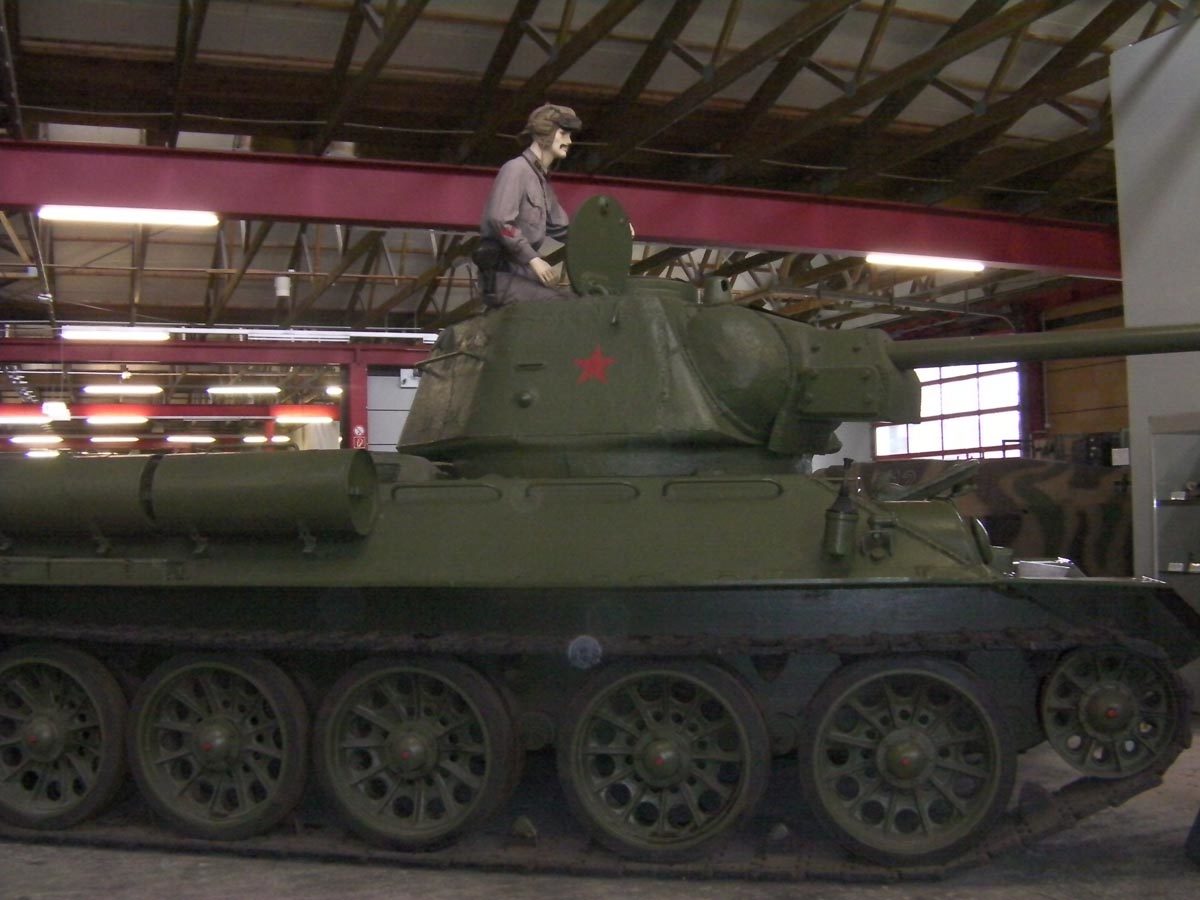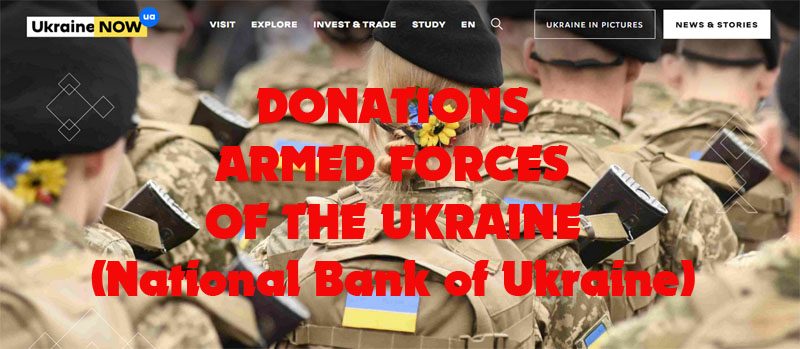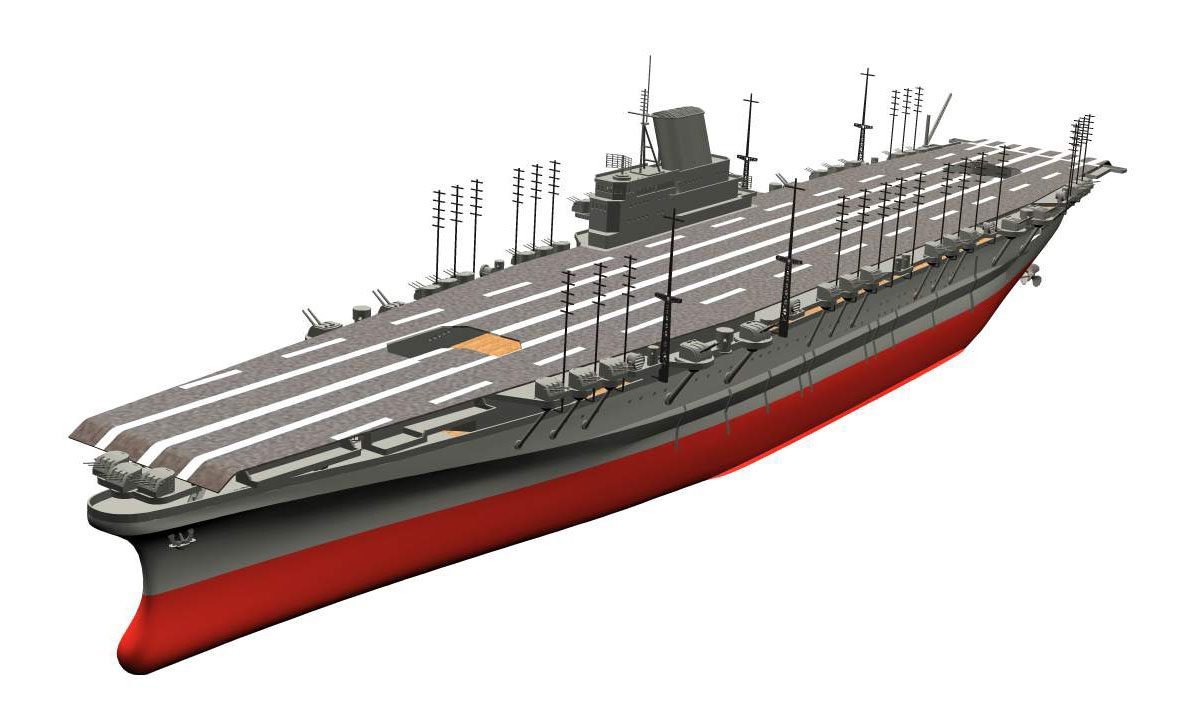Britain’s Sten Gun: Cheap, Simple, and Effective.
During World War II, necessity drove innovation, and few weapons reflect this better than the British Sten gun. Created during a time of urgent need, the Sten—named after its designers Shepherd and Turpin, along with the Enfield factory—became one of the most iconic and widely used submachine guns of the era. Its simple look, low production cost, and reliable function made it a staple not only for British and Commonwealth forces but also for resistance groups across occupied Europe. Stores like Pathfinder Militaria continue to highlight the legacy of firearms like the Sten through their commitment to military-style firearms and gear.
The Urgent Need for a Solution
Table of Contents
In 1940, Britain was in dire need of submachine guns. After the Dunkirk evacuation, much of the British Army’s heavy equipment—including firearms—had been left behind. The Germans, in contrast, were well-equipped with submachine guns like the MP40. Britain had very few of its own, and importing American Thompsons was too expensive and slow to meet the urgent demand.
To address this, the British government tasked the Royal Small Arms Factory in Enfield with designing a homegrown alternative that could be produced quickly, cheaply, and in massive quantities. The result was the Sten Mk I, a crude but effective weapon that would undergo several iterations, with the Sten Mk II becoming the most iconic version.
Design and Simplicity
The Sten’s design philosophy centered on extreme simplicity. It used stamped metal parts and a basic blowback mechanism. Most versions had a side-mounted magazine, a tubular steel receiver, and minimal external controls. There were no wooden parts like traditional rifles—just bare-bones functionality.
- Caliber: 9mm Parabellum
- Rate of Fire: Approximately 500–600 rounds per minute
- Magazine Capacity: 32 rounds
- Effective Range: Around 100 meters
- Weight: ~7 lbs (3.2 kg)
The Sten Mk II, the most mass-produced version, could be assembled with minimal machining. This made it ideal for Britain’s strained wartime industries. It also meant the gun could be built in workshops and underground facilities across Europe, which made it a favorite among resistance movements.
Performance and Practicality
In terms of battlefield performance, the Sten was a mixed bag. On one hand, it was easy to handle, light, and allowed soldiers to carry significant firepower in compact form. Its simple blowback action made it reliable under clean conditions, and it had controllable recoil, which allowed for decent accuracy in short bursts.
However, the Sten was notoriously unreliable when poorly maintained. The weapon could jam, misfire, or accidentally discharge if dropped—earning it nicknames like “the plumber’s nightmare.” The side-mounted magazine was also prone to feeding issues if it was used as a grip, which soldiers often did instinctively.
Despite these drawbacks, its simplicity meant that soldiers could disassemble, clean, and repair the weapon with minimal tools and training.
A Weapon for the Masses
The Sten gun wasn’t just used by British troops. Its low cost and ease of production made it an ideal choice for arming underground fighters. The British Special Operations Executive (SOE) dropped thousands of Stens into occupied territories for use by resistance groups in France, Poland, Yugoslavia, and elsewhere.
For guerrilla warfare and sabotage, the Sten was perfect—it was inexpensive, compact, and effective at close range. Resistance fighters valued it for ambushes and hit-and-run attacks, where its shortcomings were less of a concern. Its small size also made it easy to conceal under coats or in vehicles.
Variants and Evolution
Several versions of the Sten gun were developed during the war:
- Mk I: The original model, relatively complex and bulky.
- Mk II: The most produced version—simpler, lighter, and easier to manufacture.
- Mk III: Even cheaper than the Mk II, with a fixed barrel and simpler construction.
- Mk V: A more refined version with wooden furniture and improved sights, intended for paratroopers and frontline use.
Each iteration reflected Britain’s evolving needs—from emergency production to refinement for elite units.
Comparison with Other SMGs
Compared to the German MP40, the Sten was far less refined but dramatically cheaper and faster to produce. While the MP40 cost more and took longer to manufacture, the Sten could be made in a matter of hours using simple equipment.
Against the American Thompson, the Sten was lighter, far less expensive, and easier to transport. However, it lacked the .45 ACP punch and overall build quality of the Thompson, which was heavier but more reliable in the field.
The Sten’s value wasn’t in its durability or craftsmanship—it was in its accessibility.
Legacy
More than four million Sten guns were produced during and after the war. The weapon remained in service for decades, with some models still in use by irregular forces and militias well into the 21st century. Its influence was also felt in post-war submachine gun designs, especially in countries that needed low-cost armaments for newly formed militaries.
The Sten remains a symbol of wartime improvisation, proving that even a crude design can be effective when built with a clear purpose.
Conclusion
The Sten gun may not have been elegant or perfect, but it did exactly what it was meant to do: arm a nation in crisis. Its minimalistic design and low cost allowed Britain and its allies to stay in the fight at a critical moment in history. While it had its flaws, the Sten’s impact was undeniable. It empowered both soldiers and resistance fighters with firepower when they needed it most, making it one of the most important weapons of World War II.



